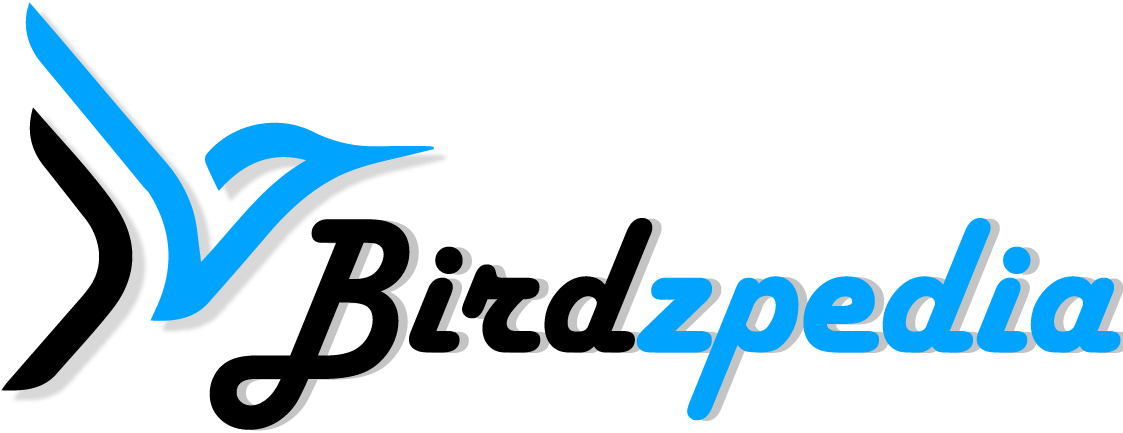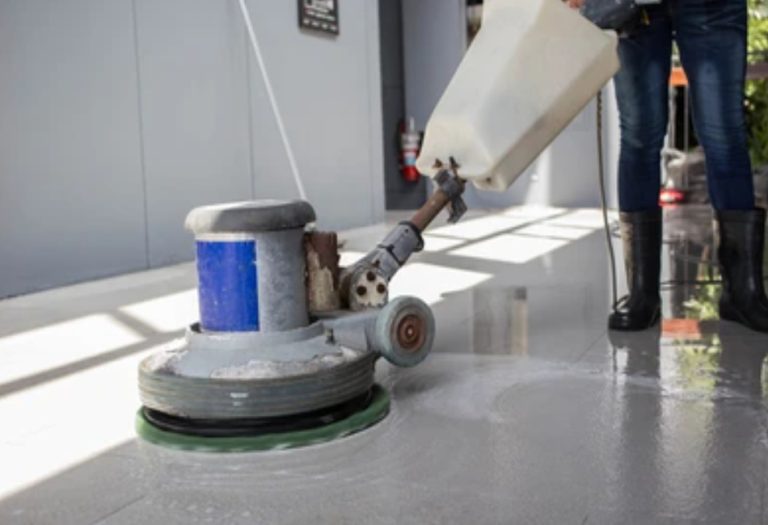8 Reward-Based Ideas to Motivate Supply Chain Employees Effectively
How can you keep your supply chain employees engaged in today’s fast-paced industry? With constant pressure to meet deadlines and maintain efficiency, motivating your workforce has become more critical. Engaged employees play a pivotal role in maintaining operational excellence, directly impacting productivity and the overall success of supply chain operations.
By adopting the right employee engagement strategies and recognition programs, organizations can boost productivity and reduce turnover rates. This blog delves into eight effective reward-based approaches designed to enhance workforce engagement and create a positive, dynamic environment in supply chain operations.
1. Offer Immediate Recognition for Daily Achievements
The most important recognition power is day-to-day successes that are hardly visible at work, especially in supply chain operations. Day-to-day achievement recognition in real-time has become essential for maintaining motivation.
Many organizations have found that the best employee engagement platforms streamline these recognitions through various digital tools, such as virtual badges when set to meet daily targets, digital appreciation boards, and mobile-friendly recognition apps where automatic celebrations of milestones are allowed. These tools ensure that no achievement goes unnoticed, no matter how small.
Plus, recognition programs should be very prompt and could include morning huddle shoutouts, end-of-shift acknowledgment, weekly performance highlights, and instant peer-to-peer recognitions.
This instills appreciation among employees, which further motivates them to complete their tasks and positively contribute to the prevailing environment of the workplace.
2. Implement Team-Based Incentives
Engaging the departments in partnerships is vital to supply chain management, and rewarding programs for employees, coupling them with teamwork achievements, can significantly enhance the connections between the departments while maximizing the overall performance.
A collaborative reward system, such as a monthly team performance bonus, shared incentives for project completion, cross-departmental collaboration rewards, and efficiency awards, encourages teamwork among employees.
This approach is beneficial both in terms of being able to recognize whole teams for their contributions, but also in encouraging cooperative efforts that drive success: this all results in a more engaged and productive workforce.
3. Customize Rewards Based on Employee Preferences
One size doesn’t fit all in recognition rewards; the best employee engagement software allows for the option of personalizing awards according to individual preference.
Organizations can cater to a very diversified set of motivations with flexible reward options, which can range from professional development, extra paid time off, gift cards to preferred retailers, and flexible scheduling.
Such a tailored strategy not only increases employee satisfaction but also strengthens their bond with the organization, enhancing both engagement and productivity.
| Reward Type | Benefits | Impact on Engagement |
| Professional Development | Career growth opportunities | Higher retention |
| Flexible Time Off | Better work-life balance | Increased satisfaction |
| Gift Cards | Immediate gratification | Boost in motivation |
| Schedule Flexibility | Enhanced job satisfaction | Improved productivity |
4. Performance-Tied Bonuses
Clear metrics-based rewards create transparency and motivation.
Consider these performance-linked incentives:
- Quarterly KPI achievement bonuses incentivize employees to meet key performance indicators, enhancing focus on essential metrics.
- Error reduction rewards encourage accuracy in work processes, promoting a culture of quality and diligence.
- Efficiency improvement incentives motivate teams to streamline operations and reduce waste, contributing to overall productivity.
- Innovation rewards recognize and promote creative solutions, fostering an environment where employees feel empowered to suggest improvements.
5. Non-monetary Recognition and Career Growth
Employee engagement extends beyond the monetary incentive, as it allows people to grow and develop both personally and professionally in the workplace. Career development programs provide for skill advancement and career opportunities for employees.
Mentorship connects experienced staff with newer members, providing opportunities to share knowledge and offer support. Skill development workshops are targeted training aimed at organizational needs and employees’ individual career goals.
It equips employees to take on greater leadership responsibilities. Support towards acquiring industry certifications not only enriches the employee expertise but also instills confidence and loyalty within the organization.
Overall, these strategies mobilize a workforce to become more engaged to improve performance and satisfaction.
6. Spot Awards for Innovative Solutions
Immediate rewards of innovative efforts encourage creative problem-solving at work. For example, process improvement awards not only recognize employees’ contributions but also foster a culture of continuous improvement within the organization.
Rewards in bonuses or incentives regarding cost-saving initiatives may make employees think more about critical management of resources and operational efficiency.
This is similar to the employee recognition policies of safety innovation rewards, focusing on workplace safety and encouraging the workers to find solutions in the workplace that protect their fellow employees.
Finally, in the area of efficiency innovation, the recognition would encourage creative solutions to streamline operations while bringing attention to innovative ideas.
Taken together, these employee recognition policies create an environment of employees working for the company who feel appreciated and empowered to contribute their best ideas.
7. Long-term Reward Programs for Retention
Building lasting commitment among employees is essential for fostering loyalty and reducing turnover. Implementing progressive rewards such as anniversary celebrations acknowledges the milestones that employees reach, creating a sense of belonging and appreciation within the organization.
Tenure-based benefits, like other benefits based on years of service, try to motivate employers to stay as long as possible. Long-service awards reflect not only dedication but also publicly recognize employees’ contributions over time.
Lastly, career milestones enable employees to be valued at every step of their professional journey, thus creating investments in roles and the organization in general. Altogether, these strategies foster support for workplace culture; these enhance employee engagement and result in retention.
8. Peer-to-Peer Recognition Programs
Empower employees to recognize each other’s contributions:
- Implement monthly peer nominations, to encourage recognition of colleagues’ contributions.
- Highlight team member spotlights to showcase individual achievements within the team.
- Celebrate collaborative achievements to reinforce teamwork and shared goals.
- Foster cross-departmental appreciation to build connections and acknowledge contributions across the organization.
Implementation Best Practices
Employee engagement solutions will fetch maximum returns if proper dedicated tools are implemented for employee engagement. The specialized tools should make the whole process of recognition effortless and simplify the communication process.
Balanced recognition practices ensure that an employee is valued often so that a positive working environment always exists. Additionally, regularly capturing feedback helps organizations understand their workforce’s feelings and preferences, making it easier to adjust programs based on results.
Lastly, balanced reward allocation strengthens trust and fairness among individuals within a team, and therefore, a culture of recognition and appreciation is fostered. Organizations that develop these strategies can leverage employee engagement to tremendous levels and also be able to push for more workforce commitment.
Conclusion
Effective employee recognition programs are essential for maintaining a motivated and productive supply chain workforce. By consistently celebrating achievements and providing tailored incentives, organizations can foster a culture of appreciation that encourages employees to excel in their roles.
Implementing these eight reward-based strategies along with utilizing the right engagement tools, helps create a positive work environment that not only boosts morale but also drives success and retention. With the right approach, businesses can ensure that their teams remain committed, engaged, and aligned with company goals.
Frequently Asked Questions
- How can an organization use a reward system to motivate employees?
An organization can motivate employees with a reward system by offering incentives like bonuses and recognition that boost engagement and performance.
- How to develop an effective reward system?
To develop an effective reward system, align incentives with organizational goals, personalize rewards based on employee preferences, ensure transparency, and provide timely recognition. This boosts motivation, engagement, and overall productivity within the team.
- How can we improve rewards and recognition programs?
Enhance rewards and recognition programs by making them timely, personalized, and aligned with employee preferences.







